Nationality British Podiums 20 Entries 154 (152 starts) Name John Watson | Championships 0 Role Racing driver Wins 5 Active years 1985 | |
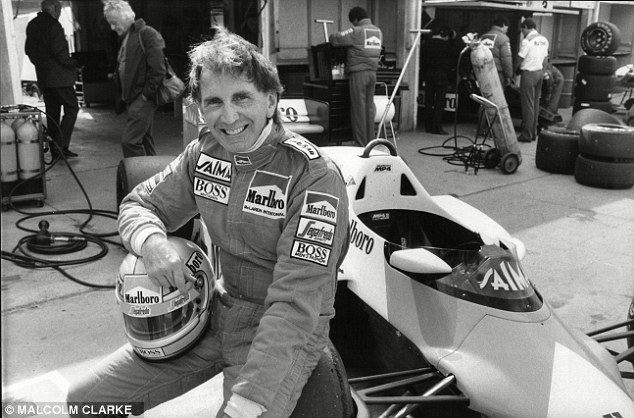 | ||
Similar People Alain Prost, Nigel Mansell, Gerhard Berger, Martin Brundle, Ron Dennis | ||
Racing driver f1 driver john watson
John Marshall Watson, (born 4 May 1946) is a British former racing driver and current commentator from Northern Ireland. He competed in Formula One, winning five Grands Prix and was second in the 1982 championship. He also competed in the World Sportscar Championship finishing second in the 1987 championship. After his retirement from motorsport, he became a commentator for Eurosport's coverage of Formula One from 1990 to 1996. He currently commentates on the Blancpain GT Series.
Contents
- Racing driver f1 driver john watson
- John watson shunts at monza 81
- Early Formula One career
- Rise to prominence
- Move to McLaren and championship challenge
- Sportscar career
- Other work
- Complete European Formula Two Championship results
- Complete Formula One World Championship results
- Complete Formula One Non Championship results
- References

John watson shunts at monza 81
Early Formula One career

John Watson was born in Belfast and educated in Rockport School, Northern Ireland. Watson's Formula One career began in 1972, driving a customer March-Cosworth 721 for Goldie Hexagon Racing in a non-Championship event: the World Championship Victory Race at Brands Hatch. Watson's first World Championship events came in the 1973 season, in which he raced in the British Grand Prix in a customer Brabham-Ford BT37, and the US Grand Prix, where he drove the third works Brabham BT42. Neither was particularly successful, as in the British race he ran out of fuel on the 36th lap and his engine failed after only seven laps in the United States event.
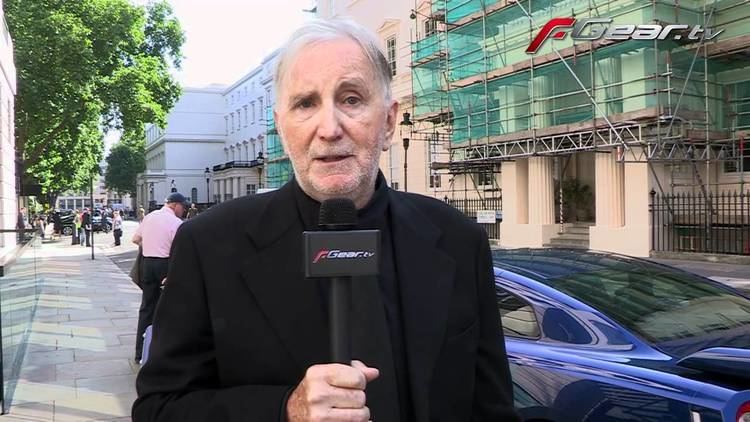
Watson scored his first championship point in Monte Carlo the following year, for Goldie Hexagon Racing. He went on to score a total of six points that season, driving a customer Brabham BT42-Ford modified by the team. He failed to score points the following year, driving for Team Surtees, Team Lotus and Penske Cars. At the Spanish Grand Prix he had the chance to score his first win. He was in 2nd position behind Mario Andretti until he had a problem with his car because it suffered vibrations and had to enter the pit lane (Andretti retired later on). He still finished 8th which was his best result in 1975.
Rise to prominence
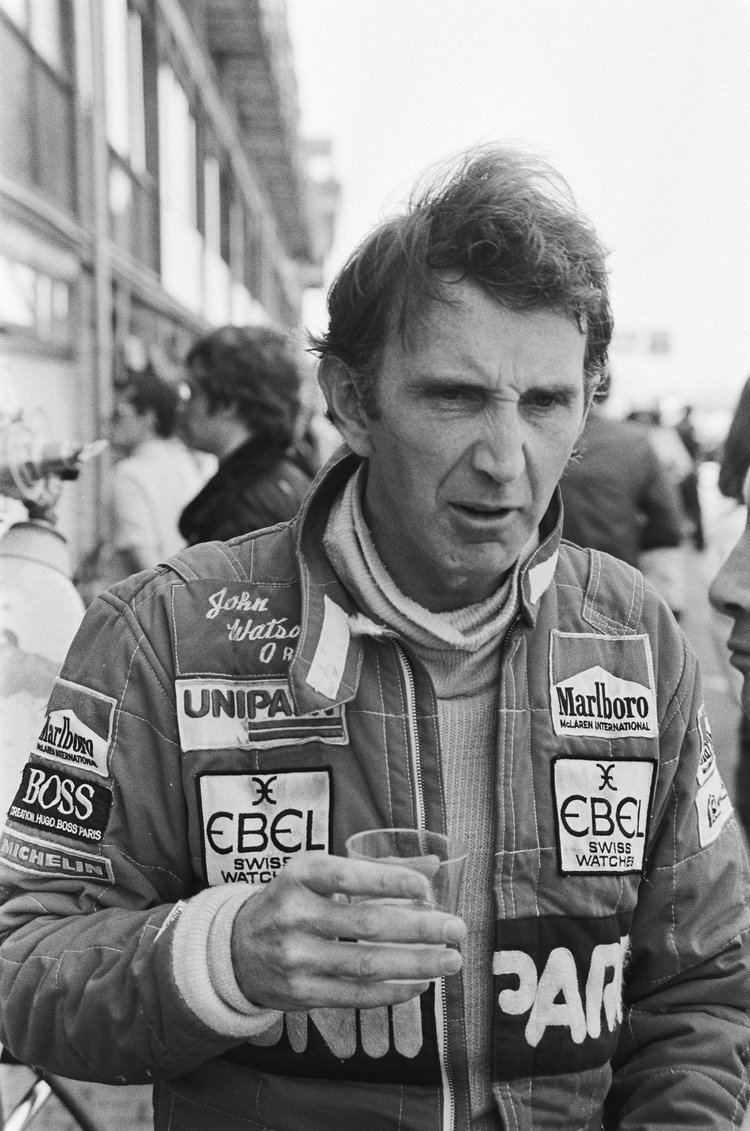
He secured his first podium with third place at the 1976 French Grand Prix. Later that season came his first victory, driving for Penske in the Austrian Grand Prix having qualified second on the grid. After the race he shaved off his beard, the result of a bet with team owner Roger Penske.
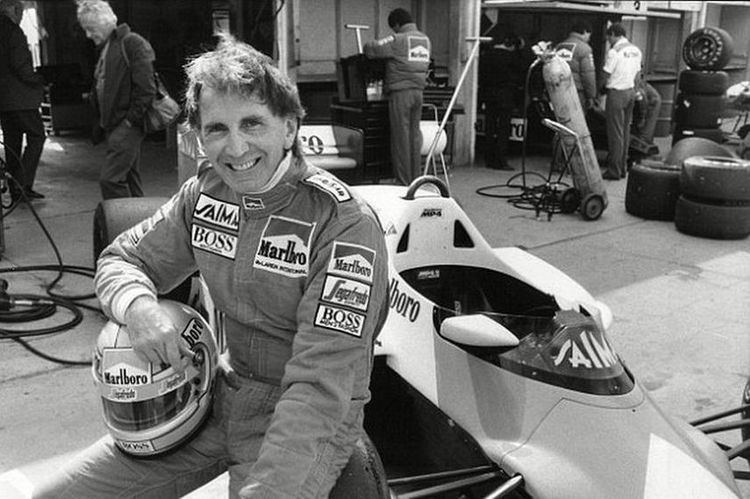
In the third race of the 1977 Formula One season, the South African Grand Prix, he managed to complete the race distance, scored a point, and took his first ever fastest lap. His achievements were overshadowed, however, by the deaths of driver Tom Pryce and a track marshal, Jansen Van Vuuren. His Brabham-Alfa Romeo let him down throughout the season but, despite this, he gained his first pole position in the Monaco Grand Prix and qualified in the top ten no fewer than 14 times, often in the first two rows. Problems with the car, accidents, and a disqualification meant that he raced the full distance in only five of the 17 races. The closest he came to victory was during the French Grand Prix, where he dominated the race from the start only to be let down by a fuel metering problem on the last lap which relegated him to second place behind eventual winner Mario Andretti.
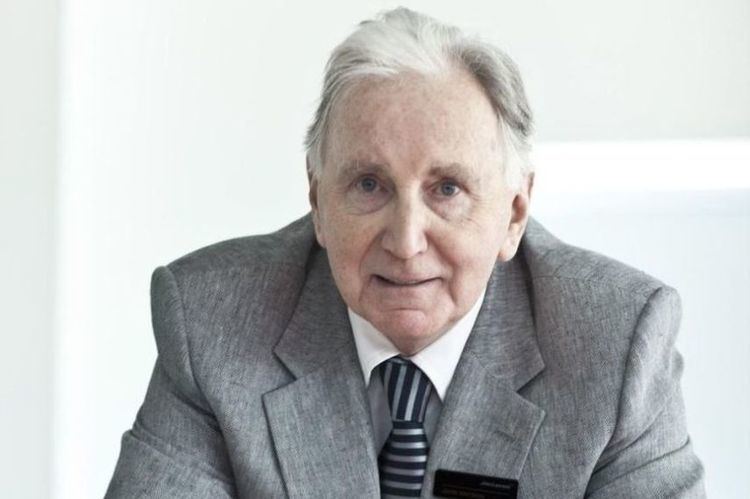
In 1978, Watson managed a more successful season in terms of race finishes, even out-qualifying and out-racing his illustrious teammate Niki Lauda on occasion. He managed three podiums and a pole, and notched up 25 points to earn the highest championship placing of his career to that point.
Move to McLaren and championship challenge
For 1979, Watson moved to McLaren where he gave them their first victory in over three years by winning the 1981 British Grand Prix and also securing the first victory for a carbon fibre composite monocoque F1 car, the McLaren MP4/1. Later in the 1981 season, the strength of the McLaren's carbon fibre monocoque (designed by John Barnard) was demonstrated when he had a fiery crash at Monza during the Italian Grand Prix. Watson lost the car coming out of the high speed Lesmo bends and crashed backwards into the barriers. Similar accidents had previously proven fatal, but Watson was uninjured.
His most successful year was 1982, when he finished second in the Drivers' Championship, winning two Grands Prix. In several races he achieved high placings despite qualifying towards the back of the grid. At the first ever Detroit Grand Prix in 1982, he overtook three cars in one lap deep into the race on a tight, twisty track that was difficult to pass on; working his way from 17th starting position on the grid, he charged through the field and scored a victory in the process. Watson went into the final race of the season at Caesars Palace in with an outside chance of the title, but he was to finish five points adrift of Keke Rosberg and level on points with Didier Pironi.
A year later in 1983, he repeated the feat of winning from the back of the grid at the final ever Formula One race in Long Beach; another street circuit, starting from 22nd on the grid, the farthest back from which a modern Grand Prix driver had ever come to win a race. Watson's final victory also included a fight for position with teammate Niki Lauda, who had started the race 23rd, though Watson ultimately finished 27 seconds ahead of his dual World Championship winning teammate.
At the end of the 1983 season however, Watson was dropped by McLaren and subsequently retired from Formula One. Negotiations with team boss Ron Dennis reportedly broke down when Watson asked for more money than dual World Champion Lauda was earning, citing having won a GP in 1983 where Lauda did not. Dennis instead signed Renault refugee Alain Prost for nothing (since he was already under contract to Renault but was fired for 1984). He did return for one further race two years later, driving for McLaren in place of an injured Niki Lauda at the 1985 European Grand Prix at Brands Hatch, in which he qualified 21st and placed seventh in the race (Lauda had injured his wrist in qualifying for the previous race at Spa, forcing him to miss that race also). Watson raced with Lauda's race number of "1" (the Austrian having won the 1984 World Championship). This was only the second occasion since 1973 that a driver other than the reigning World Champion has raced car number 1 in a World Championship race, the other being Ronnie Peterson when the system first began, as reigning World Champion Jackie Stewart had retired upon the conclusion of the 1973 season.
After negotiations between Watson and McLaren broke down at the end of 1983, Watson was reported to be negotiating with Brabham team owner Bernie Ecclestone about a move back to the team for 1984. Talks with Brabham stopped however when team sponsor Parmalat (an Italian dairy company) allegedly stepped in and insisted that Ecclestone hire an Italian driver to partner team leader and 1983 World Champion Nelson Piquet.
Sportscar career
In 1984 Watson turned to sports cars racing, notably partnering Stefan Bellof to victory at the Fuji 1000 km during Bellof's 1984 Championship year. He was also part of the driver lineup for Bob Tullius' Group 44 Jaguar team at the 1984 24 Hours of Le Mans driving an IMSA spec Jaguar XJR-5 powered by a 6.0 litre V12 in the IMSA / GTP class. In what was Jaguar's first appearance at Le Mans since 1959, Watson briefly took the lead of the race towards the end of the first hour when the faster Porsche 956's and Lancia LC2's pitted. Driving with American Tony Adamowicz and Frenchman Claude Ballot-Léna, they failed to finish the race due to engine trouble though they were classified in 28th place.
Watson also finished second in the 1987 season alongside Jan Lammers in the TWR Silk Cut Jaguar XJR-8 when they won a total of three championship races (Jarama, Monza and Fuji). Watson competed in the 24 Hours of Le Mans seven times over the course of his career between 1973 and 1990, finishing 11th, a career best, in his last start in 1990 driving a Porsche 962C for Richard Lloyd Racing alongside fellow Grand Prix drivers Bruno Giacomelli and Allen Berg.
Other work
After retiring from active racing, he worked as a television commentator, ran a race school at Silverstone and managed a racetrack. He also became the first man to ever test a Jordan Formula One car in 1990.
From 1990 to 1996 he worked as a Formula One commentator for Eurosport alongside Richard Nicholls (1990–1992), Allard Kalff (1992–1994) and Ben Edwards (1995–1996). The last Grand Prix Eurosport broadcast live in the UK was the Japanese GP in 1996. The contracts for Formula One live broadcasts were shifted to private TV stations for 1997. In 1997 Watson worked as a Formula One commentator for ESPN.
From 1998 to 2001 he was Charlie Cox's sidekick in commentating on the British Touring Car Championship for the BBC.
During the 2002 F1 season, John co-commentated on Sky Sports' Pay Per View F1+ coverage alongside Ben Edwards. However, this was fairly unpopular and it was axed for the 2003 season.
From 2005-2009, Watson worked as an expert commentator for BSkyb during their broadcasts of the A1 Grand Prix series.
In 2010, Watson commentated on some rounds of the FIA GT1 and GT3 Championship as well as the entire 2014 Blancpain GT Series.
Formula 1 pundit making regular appearances on BBC Radio 5 Live, Radio 4, Sky and the live Sky Sports F1 show on Friday evenings.
Watson currently provides expert commentary on the Blancpain GT Series alongside regular Blancpain television commentator David Addison. He admitted off air but on Mic, during the 2016 24 Hours of Spa that he "Doesn't do highlights".
Complete European Formula Two Championship results
(key) (Races in bold indicate pole position; races in italics indicate fastest lap)
Complete Formula One World Championship results
(key) (Races in bold indicate pole position; races in italics indicate fastest lap)
Complete Formula One Non-Championship results
(key) (races in italics indicate fastest lap)
